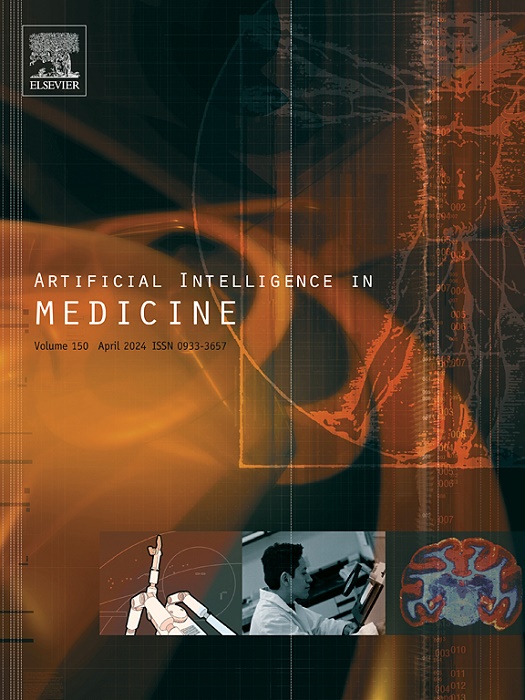Integrated analysis of differential intra-chromosomal community interactions: A study of breast cancer
IF 6.2
2区 医学
Q1 COMPUTER SCIENCE, ARTIFICIAL INTELLIGENCE
引用次数: 0
Abstract
It is challenging to analyze the dynamics of intra-chromosomal interactions when considering multiple high-dimensional epigenetic datasets. A computational approach, differential network analysis in intra-chromosomal community interaction (DNAICI), was proposed here to elucidate these dynamics by integrating Hi-C data with other epigenetic data. DNAICI utilized a novel hyperparameter tuning method, for optimizing the network clustering, to identify valid intra-chromosomal community interactions at different resolutions. The approach was first trained on Hi-C data and other epigenetic data in an untreated and one hour estrogen (E2)-treated breast cancer cell line, MCF7, and uncovered two major types of valid intra-chromosomal community interactions (active/repressive) that resembles the properties of A/B compartments (or open/closed chromatin domains). It was further tested on the breast cancer cell line MCF7 and its corresponding tamoxifen-resistant (TR) derivative, MCF7TR, and identified 515 differentially interacting and expressed genes (DIEGs) within intra-chromosomal community interactions. In silico analysis of these DIEGs revealed that endocrine resistance is among the top biological pathways, suggesting an interacting/looping-mediated mechanism in regulating breast cancer tamoxifen resistance. This novel integrated network analysis approach offers a broad application in diverse biological systems for identifying a biological-context-specific differential community interaction.

染色体内社区相互作用差异的综合分析:乳腺癌的研究
当考虑多个高维表观遗传数据集时,分析染色体内相互作用的动力学是具有挑战性的。本文提出了一种计算方法,即染色体内社区相互作用中的差异网络分析(DNAICI),通过将Hi-C数据与其他表观遗传数据相结合来阐明这些动态。DNAICI利用一种新的超参数调整方法来优化网络聚类,以识别不同分辨率下有效的染色体内群落相互作用。该方法首先在未经治疗和1小时雌激素(E2)处理的乳腺癌细胞系MCF7中进行了Hi-C数据和其他表观遗传数据的训练,并发现了两种主要类型的有效染色体内社区相互作用(活性/抑制),类似于A/B区室(或开放/封闭染色质结构域)的特性。进一步在乳腺癌细胞系MCF7及其相应的他莫昔芬耐药(TR)衍生物MCF7TR上进行检测,鉴定出染色体内社区相互作用中的515个差异相互作用和表达基因(DIEGs)。这些DIEGs的计算机分析显示,内分泌抵抗是最重要的生物学途径之一,提示在调节乳腺癌他莫昔芬耐药中存在相互作用/环介导的机制。这种新颖的综合网络分析方法在不同的生物系统中提供了广泛的应用,用于识别生物-环境特异性的差异群落相互作用。
本文章由计算机程序翻译,如有差异,请以英文原文为准。
求助全文
约1分钟内获得全文
求助全文
来源期刊

Artificial Intelligence in Medicine
工程技术-工程:生物医学
CiteScore
15.00
自引率
2.70%
发文量
143
审稿时长
6.3 months
期刊介绍:
Artificial Intelligence in Medicine publishes original articles from a wide variety of interdisciplinary perspectives concerning the theory and practice of artificial intelligence (AI) in medicine, medically-oriented human biology, and health care.
Artificial intelligence in medicine may be characterized as the scientific discipline pertaining to research studies, projects, and applications that aim at supporting decision-based medical tasks through knowledge- and/or data-intensive computer-based solutions that ultimately support and improve the performance of a human care provider.
 求助内容:
求助内容: 应助结果提醒方式:
应助结果提醒方式:


